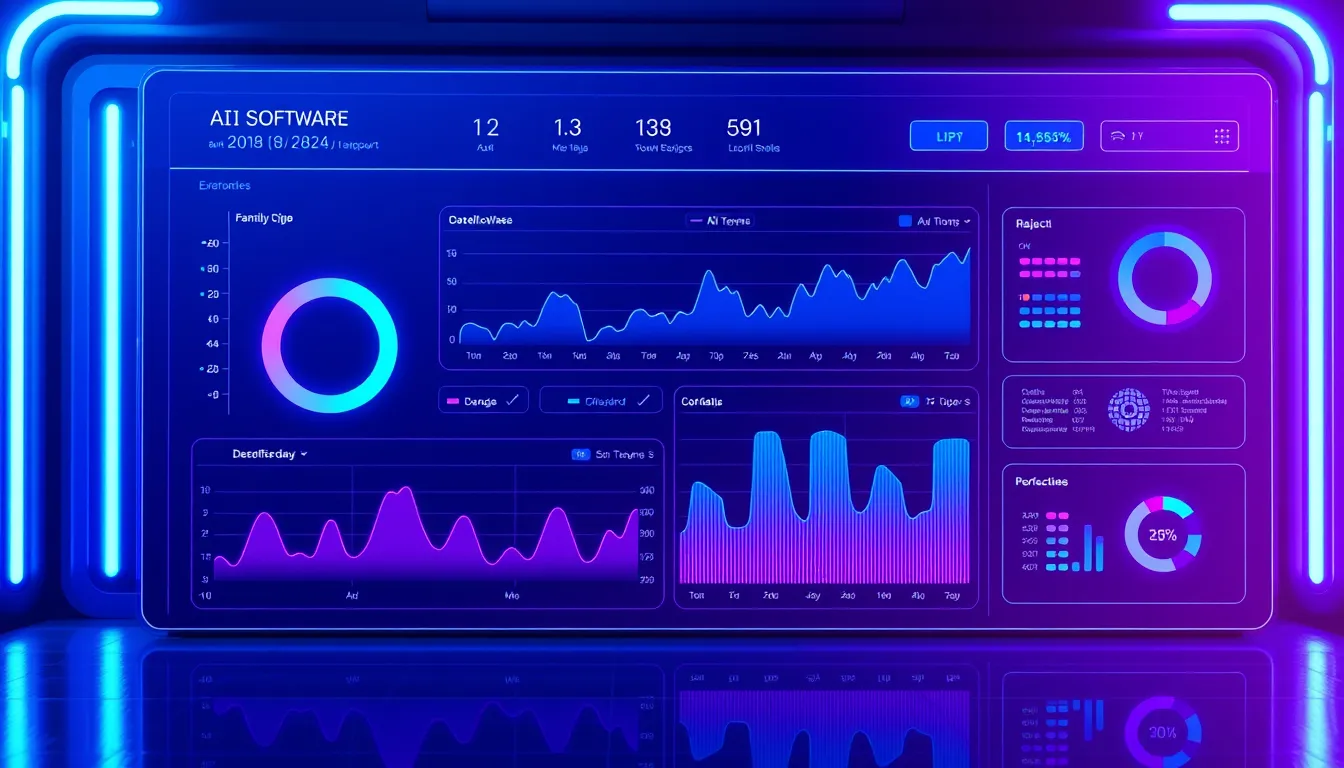Now Reading: Powerful AI in Healthcare Diagnostics: Boosting Patient Care
-
01
Powerful AI in Healthcare Diagnostics: Boosting Patient Care
Powerful AI in Healthcare Diagnostics: Boosting Patient Care

Powerful AI in Healthcare Diagnostics: Boosting Patient Care
The integration of technology in modern medicine has revolutionized how we diagnose and treat diseases. In particular, AI in healthcare diagnostics is playing a pivotal role in enhancing disease prediction, improving medical imaging accuracy, and ultimately leading to better patient outcomes. This article explores the transformative power of AI, discusses its benefits and challenges, and outlines how AI is shaping the future of healthcare.
The Rise of AI in Healthcare
Over the past decade, the healthcare industry has witnessed a tremendous adoption of AI technologies. With increasing investments and research, AI in healthcare diagnostics has moved from experimental prototypes to practical, everyday tools. Hospitals and clinics worldwide are leveraging AI to streamline diagnostic processes, reduce human error, and improve the speed of medical imaging analysis. The trend shows no sign of slowing down, as more institutions are discovering the competitive edge provided by these innovations.
How AI Improves Diagnostic Accuracy
One of the most compelling benefits of AI in healthcare diagnostics is its ability to improve diagnostic accuracy. By analyzing vast amounts of data and recognizing complex patterns, artificial intelligence systems can identify anomalies in medical images that might be missed by the human eye. Here’s how AI makes a difference:
- Enhanced Imaging Analysis: AI algorithms detect subtle differences in imaging scans, which can lead to the early identification of conditions such as cancer, cardiovascular diseases, and neurological disorders.
- Rapid Data Processing: Advanced machine learning techniques allow for the rapid analysis of patient data, enabling timely interventions and more effective treatment plans.
- Consistency in Diagnosis: Unlike human practitioners who may have varying levels of expertise, AI systems offer a consistent standard in diagnostic assessments.
Integrating AI into clinical workflows not only boosts diagnostic accuracy but also supports decision-making processes for healthcare professionals, ensuring every patient receives the best possible care.
The Impact of AI on Medical Imaging
AI in healthcare diagnostics also plays a critical role in medical imaging. By using sophisticated algorithms, AI can significantly enhance the detail and clarity of imaging results. Some of the key impacts include:
- Improved Image Quality: AI-driven enhancements in image resolution contribute to more precise interpretations, which are crucial for early disease detection.
- Reduced Radiologist Workload: Automation of routine imaging tasks means radiologists can devote more time to complex cases and patient consultations.
- Cost-Effective Diagnostics: With improved efficiency in imaging analysis, healthcare institutions can reduce operational costs while delivering high-quality care.
Hospitals such as the Mayo Clinic and research centers worldwide have reported dramatic improvements in diagnostic speed and accuracy, thanks largely to advancements in AI technology.
Addressing the Challenges of AI in Healthcare
Despite its considerable benefits, the application of AI in healthcare diagnostics is not without challenges. Ethical concerns, regulatory issues, and the need for extensive data privacy measures are among the primary hurdles. Some common challenges include:
- Data Security: Ensuring patient data remains secure and confidential is paramount. Healthcare providers must adhere to strict data protection laws and implement robust cybersecurity measures.
- Integration with Existing Systems: Incorporating AI into traditional healthcare systems can require significant changes in infrastructure and workflow. This transition often calls for additional training for medical staff and updates to legacy systems.
- Bias and Accuracy: Although AI is designed to improve diagnostic precision, there is the risk of bias if the underlying training data is not comprehensive or representative. Developers need to focus on creating diverse datasets to mitigate these risks.
Addressing these challenges involves a concerted effort from all stakeholders, including medical professionals, technology companies, and regulatory bodies. Transparent protocols and continuous system evaluations are key to ensuring that AI in healthcare diagnostics remains both effective and equitable.
Future Outlook and Conclusion
Looking ahead, the potential of AI in healthcare diagnostics is immense. With ongoing advancements in machine learning and data analytics, the accuracy and reliability of diagnostic tools will continue to improve. Medical institutions are investing in research and partnerships that aim to further integrate AI into everyday clinical practice.
The role of AI in healthcare diagnostics extends beyond just improving imaging techniques. It is fundamentally reshaping the way healthcare professionals approach treatment planning and disease management. By leveraging real-time data and predictive analytics, AI can provide insights that were previously unattainable, ultimately leading to more personalized and effective patient care.
In conclusion, AI in healthcare diagnostics is not just a technological innovation; it is a game changer that promises to enhance patient outcomes and revolutionize the healthcare industry. As we continue to harness its capabilities, it is crucial to address the accompanying challenges with thoughtful strategies and stringent ethical guidelines. The future of diagnostic medicine is here, and it is powered by advanced, intelligent systems that have the potential to save countless lives.
For more details on the advancements in AI diagnostics, visit respected sources such as the official website of the Mayo Clinic (https://www.mayoclinic.org) or explore research articles available on PubMed (https://pubmed.ncbi.nlm.nih.gov). These resources provide further insights into how AI is reshaping modern healthcare.
Embracing AI in healthcare diagnostics marks a significant step towards a future where technology and medicine work hand in hand to bring about transformative changes in patient care.

























